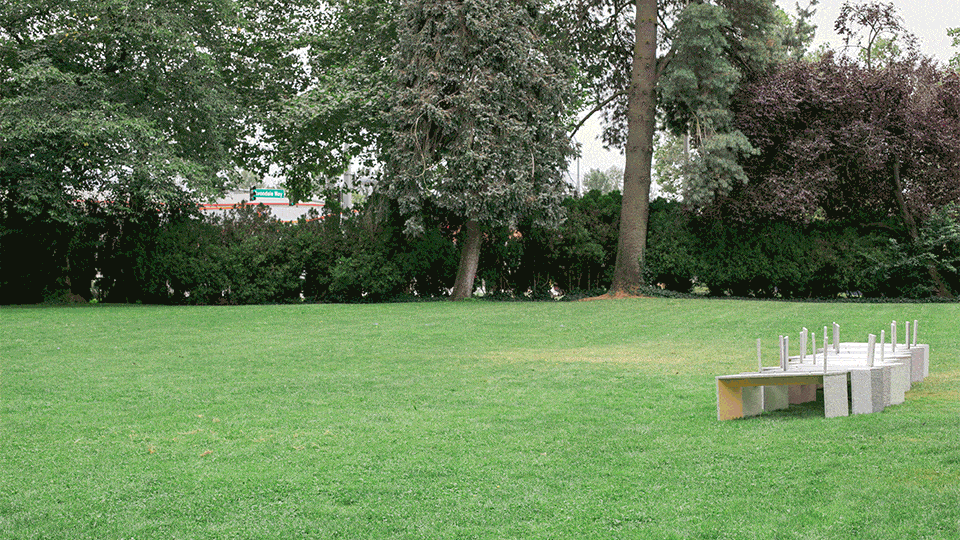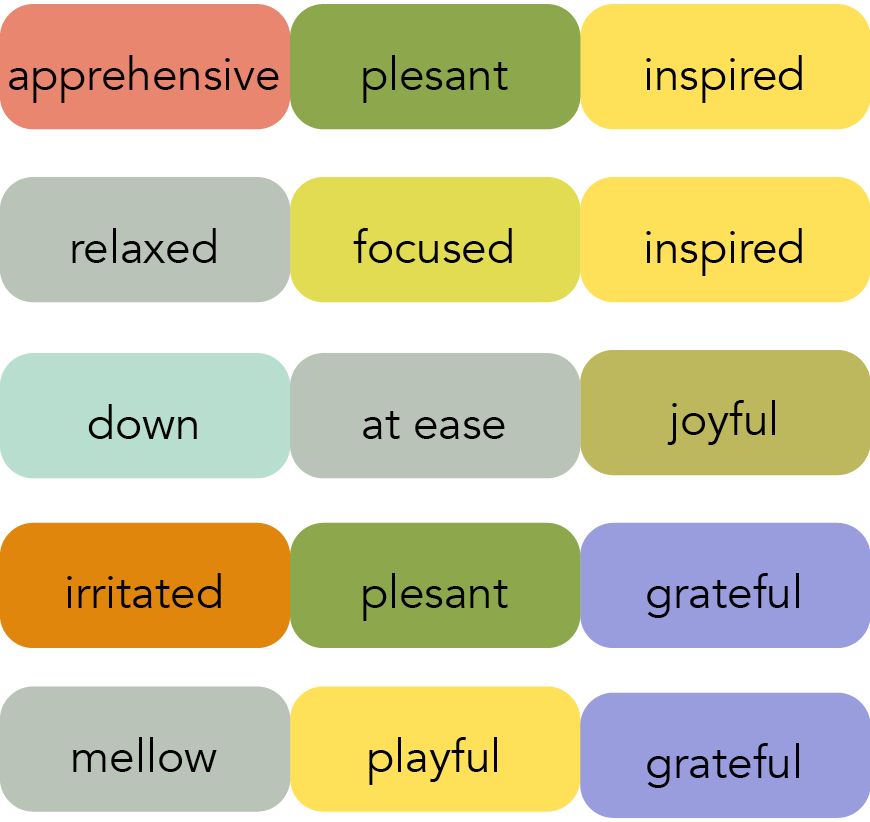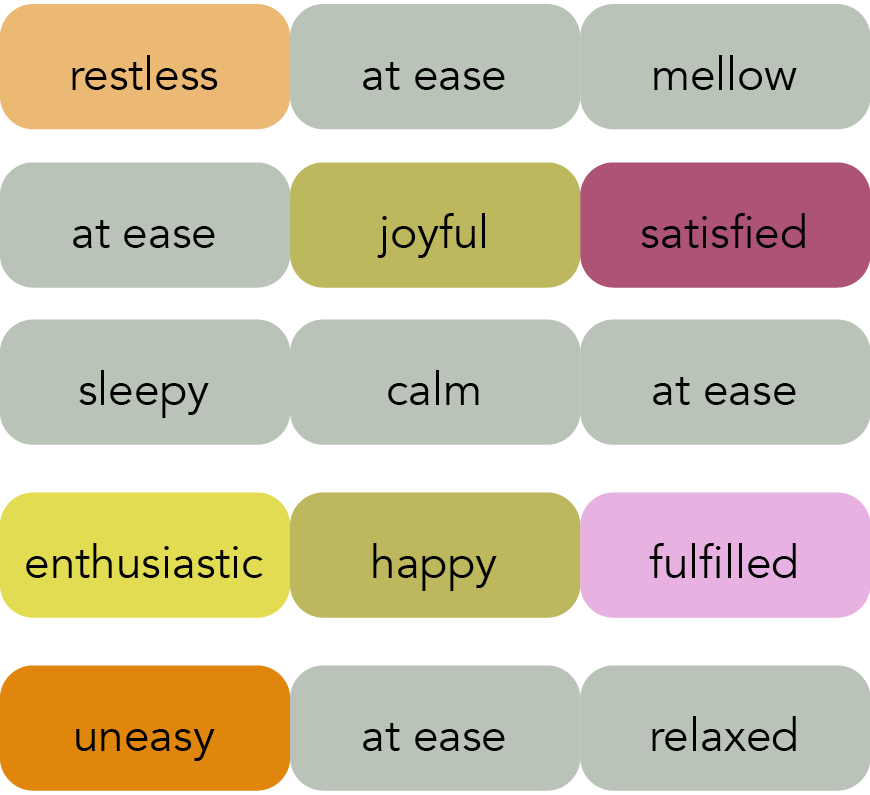Drawing Herd
|
What is Drawing Herd?
Drawing Herd is a movable installation that functions as a pop-up site for observational drawing workshops. Designed for all ages and skill levels, the workshops use observation as a tool to both cultivate attention and foster connection. Drawing Herd was imagined in 2020 while faced with a deep need for connection and an urgency to rethink how we gather and use public space. The project aims to provide creative experiences in public parks to increase well-being for self, community, and place.
For self: nurturing mindfulness, awe, and curiosity through the process of drawing
With others: creating alongside community members and sharing creative approaches
In place: providing experiences that deepen connection to place and commitment to environmental stewardship
Classes are co-taught with a special guest who helps draw out sensory phenomena, historical context, or scientific knowledge of the workshop site; their expertise range from parkour tricking to choreography to atmospheric science.
Functioning as a summer workshop series in 2021 and 2022, the installation fabrication and public programming of Drawing Herd were made possible with funding from the City of Bellevue, the City of Redmond, the City of Sammamish, and the Freeway Park Association.
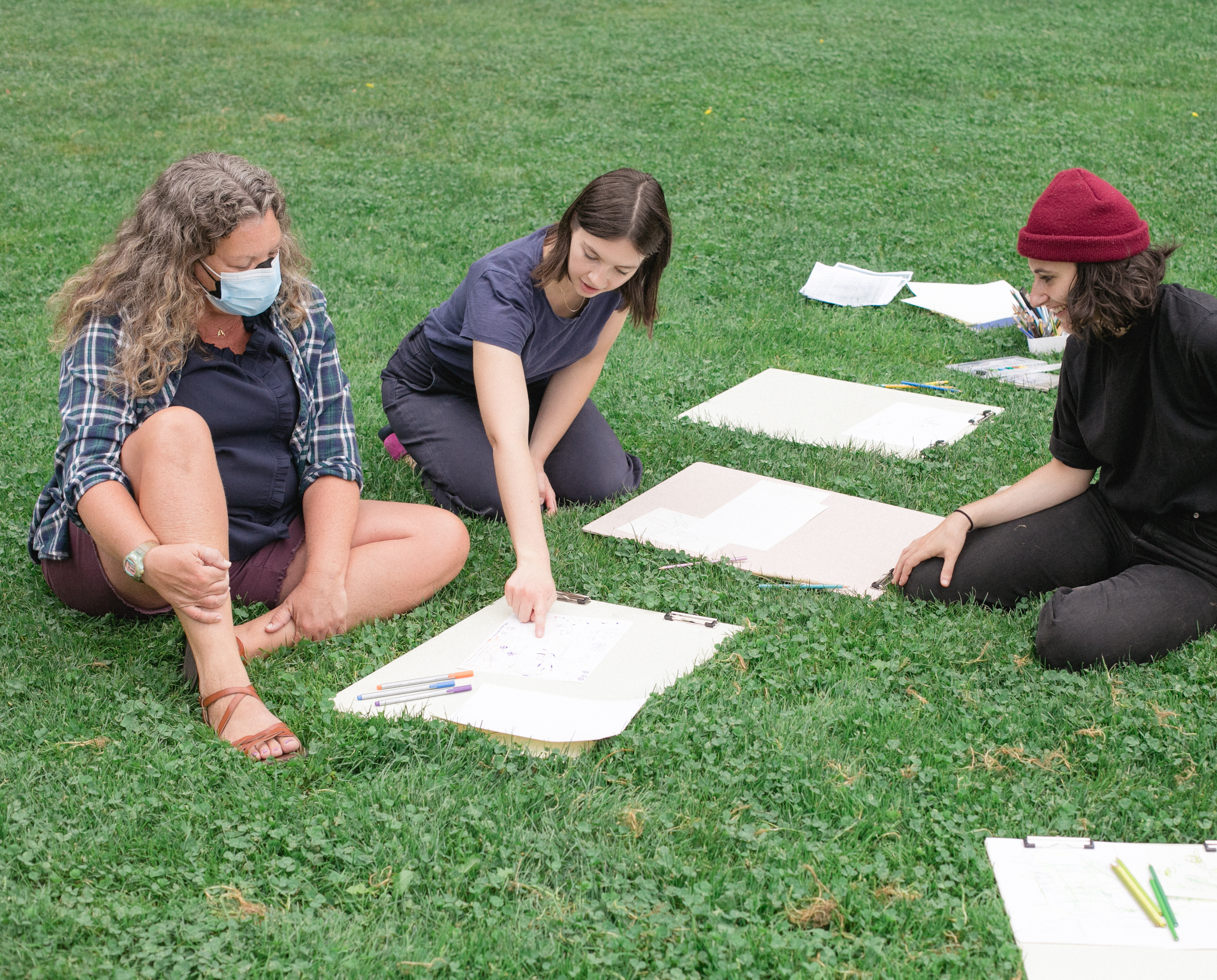
If you would like to recieve updates on Drawing Herd and learn of upcoming workshops, please email me to get onto the newsletter or follow Drawing Herd on Eventbrite.
Drawing Horse –
a seated easel that you straddle, like a horse, to face an oversized clipboard that is propped up by the bench. These are most often found in academic art environments, typically arranged in rows like theater seating or in a circle around a subject.
How do these sculptures differ?
1. They are built to be mobile, designed with a removable board rest, and nest together.
2. While the person drawing sits parallel to their board, the edges of the benches are skewed 30 degrees to encourage connecting they like tinker toys creating both new social configurations to draw, and variation in the vantage point so each bench offers a different view of the subject or site and the activity of other participants.
3. They are weatherproof and coated in paperpulp.

Learning how to draw from observation is a lesson on how to see. It’s a process of discarding the schematic assumptions that guide understanding, becoming present, and approaching your subject with curiosity and active questioning. Drawing this way comes much more from the brain than it does from the hands.
Towards a more context and community-rooted practice of drawing, Drawing Herd is weatherproof and built to live in the public sphere. Drawing becomes a methodology to engage with your surroundings, you are seated within your subject, not in front of it, and physically connected to other participants’ benches, positioned to share process and dialogue throughout the experience.

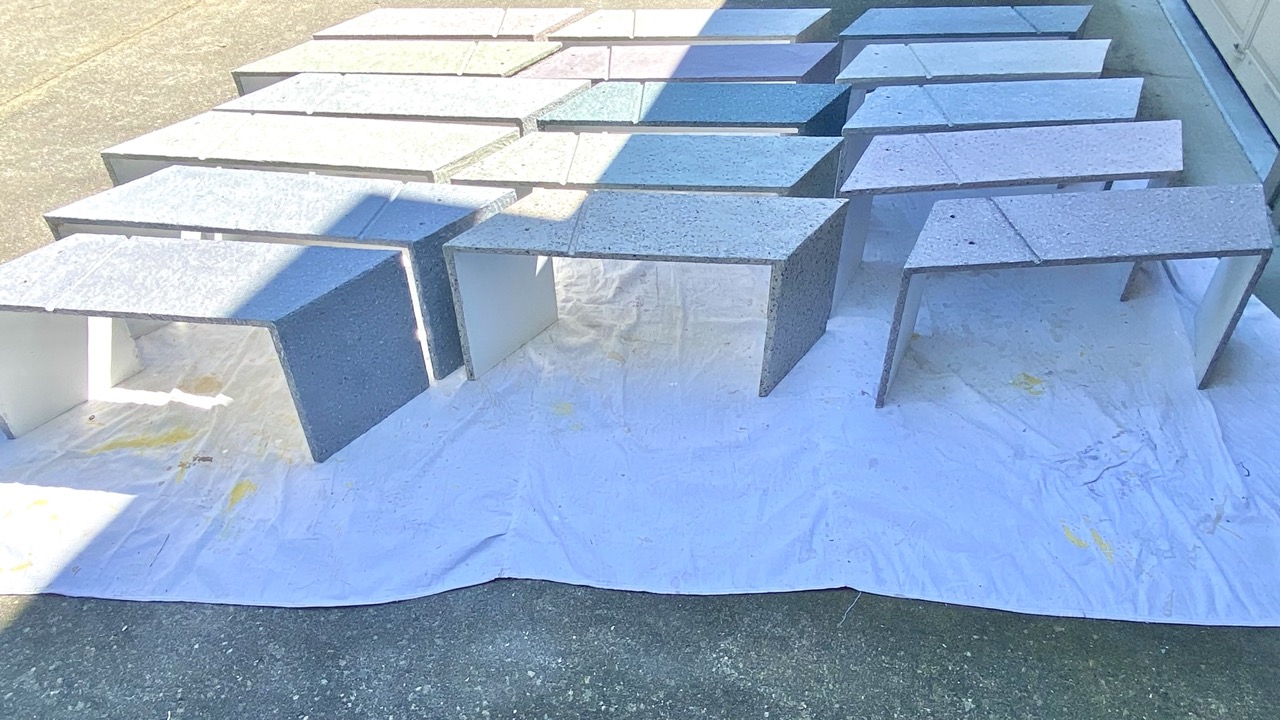

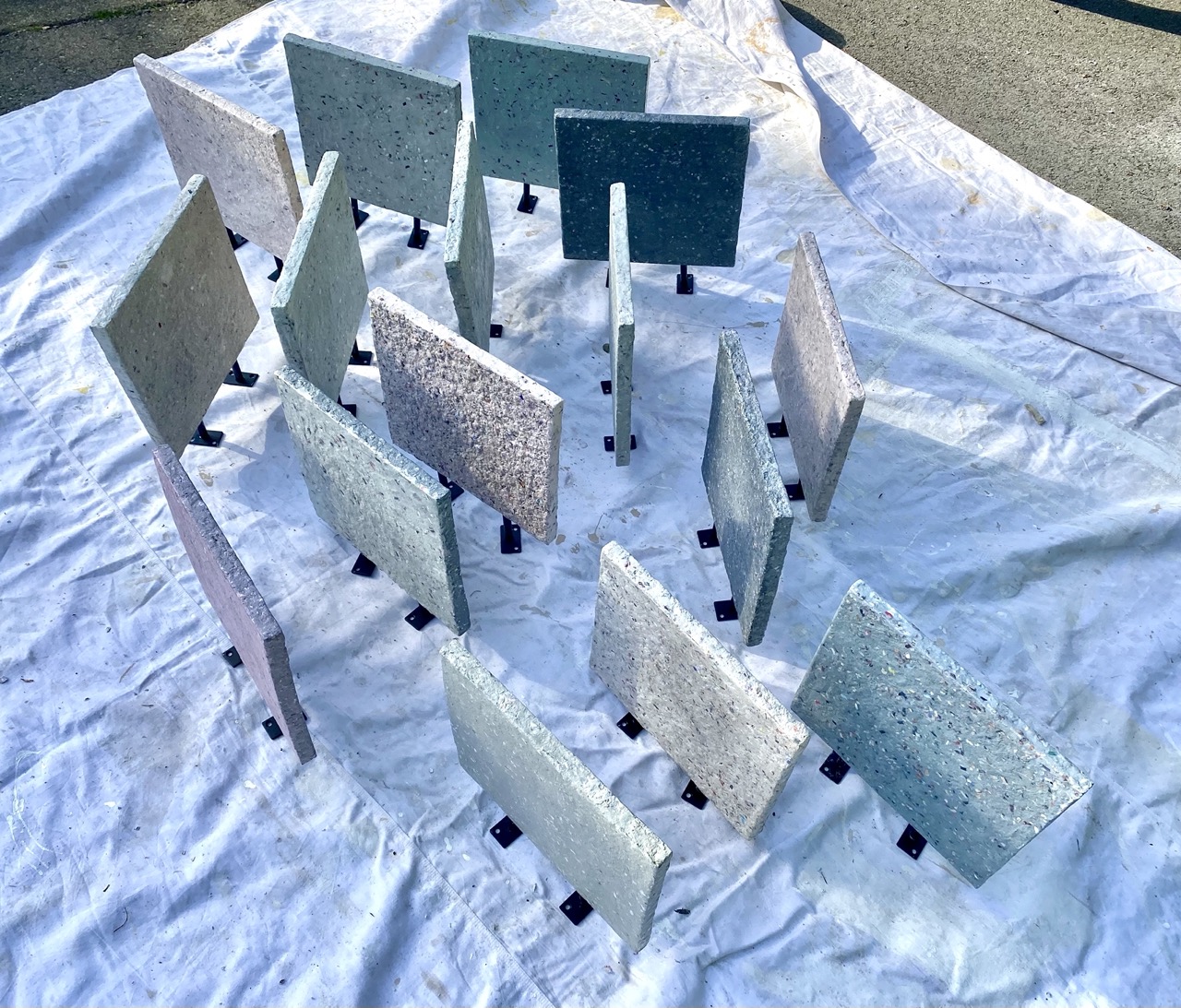

|
|
Programming

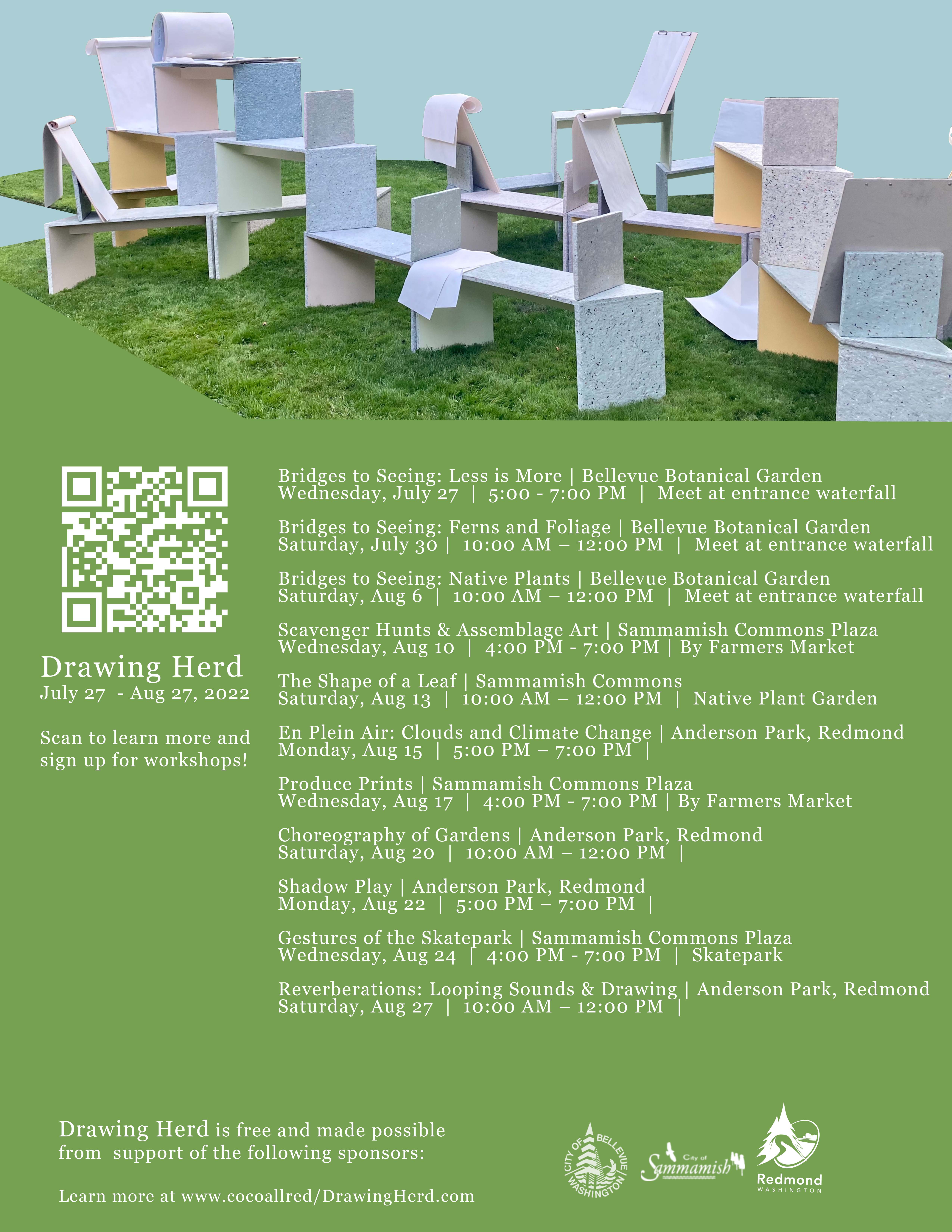
Posters from 2021 and 2022 Workshop series
Selected Workshops
The Shape of a Leaf
@ Sammamish Native Plant Gardenwith garden stewards, Anna Yorba & Jan Bird
In this workshop we met with local stewards of the garden, Anna Yorba and Jan Bird who taught us about native plants and the process of cultivating this Sammamish Native Plant Garden. Participants were giving plant clippings that they observed through note taking and sketching. They then went on a scavenger hunt to find their plant in the garden. Color matching, tracing leaves, and creating compositions from foliage shadows are some of the techniques we used to explore the garden.
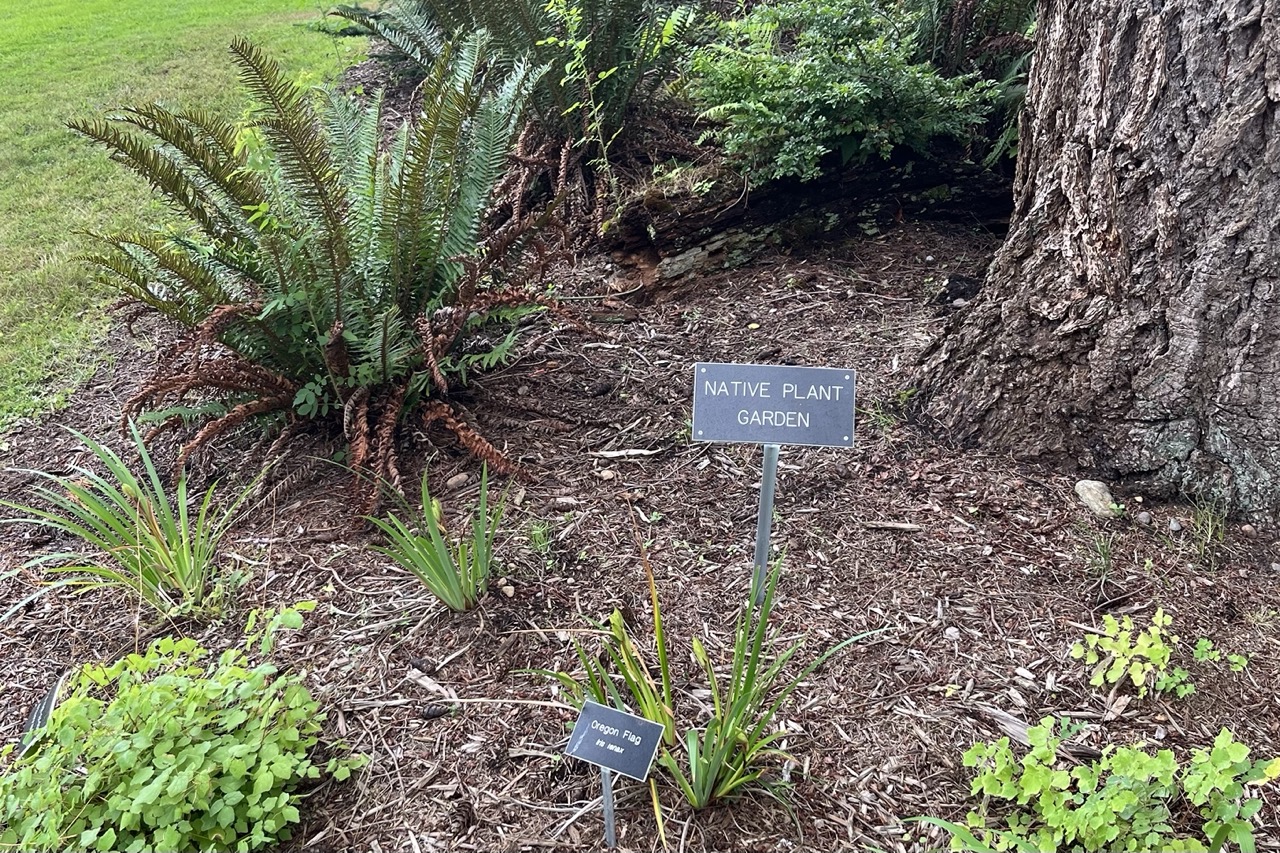
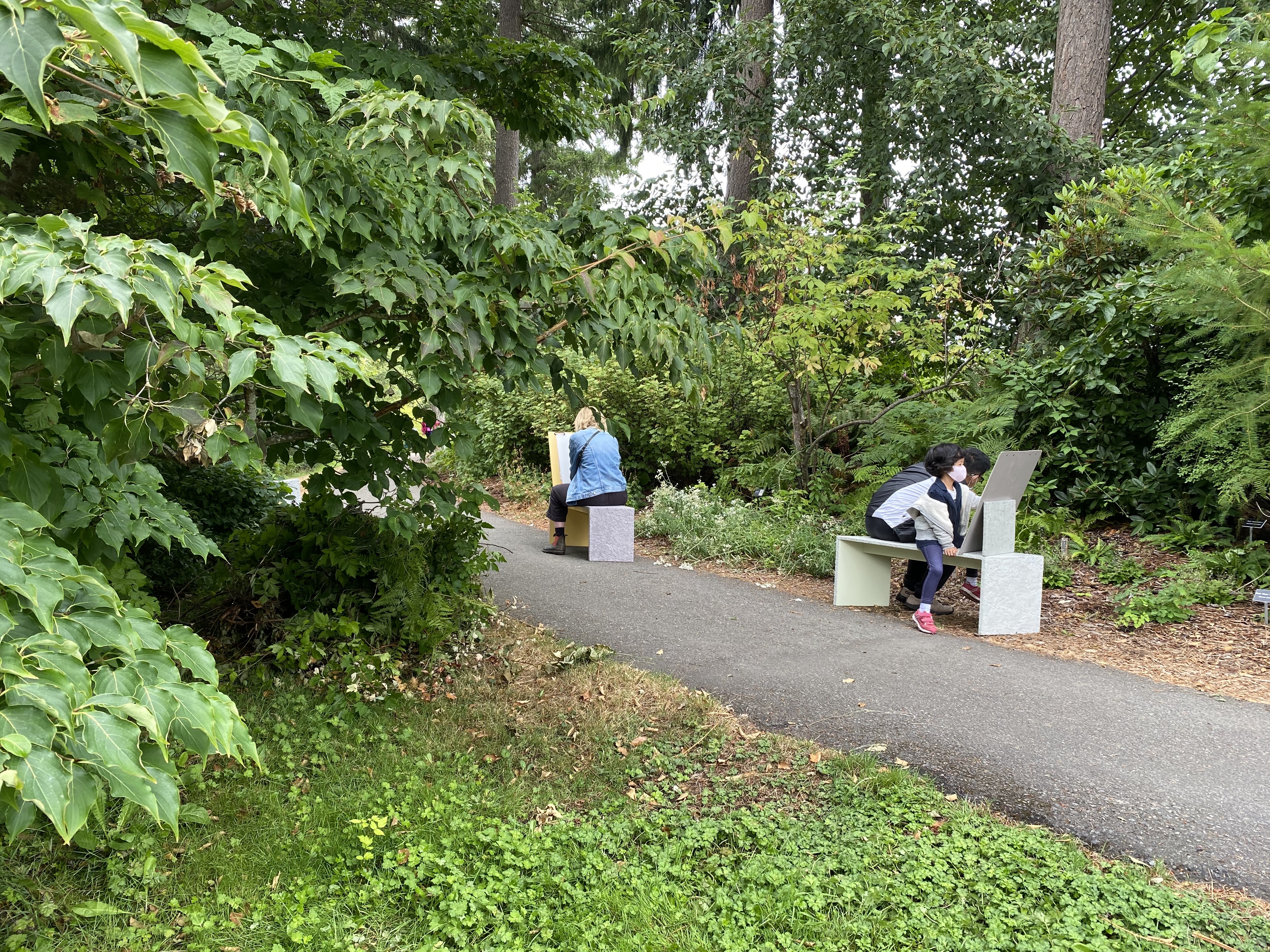


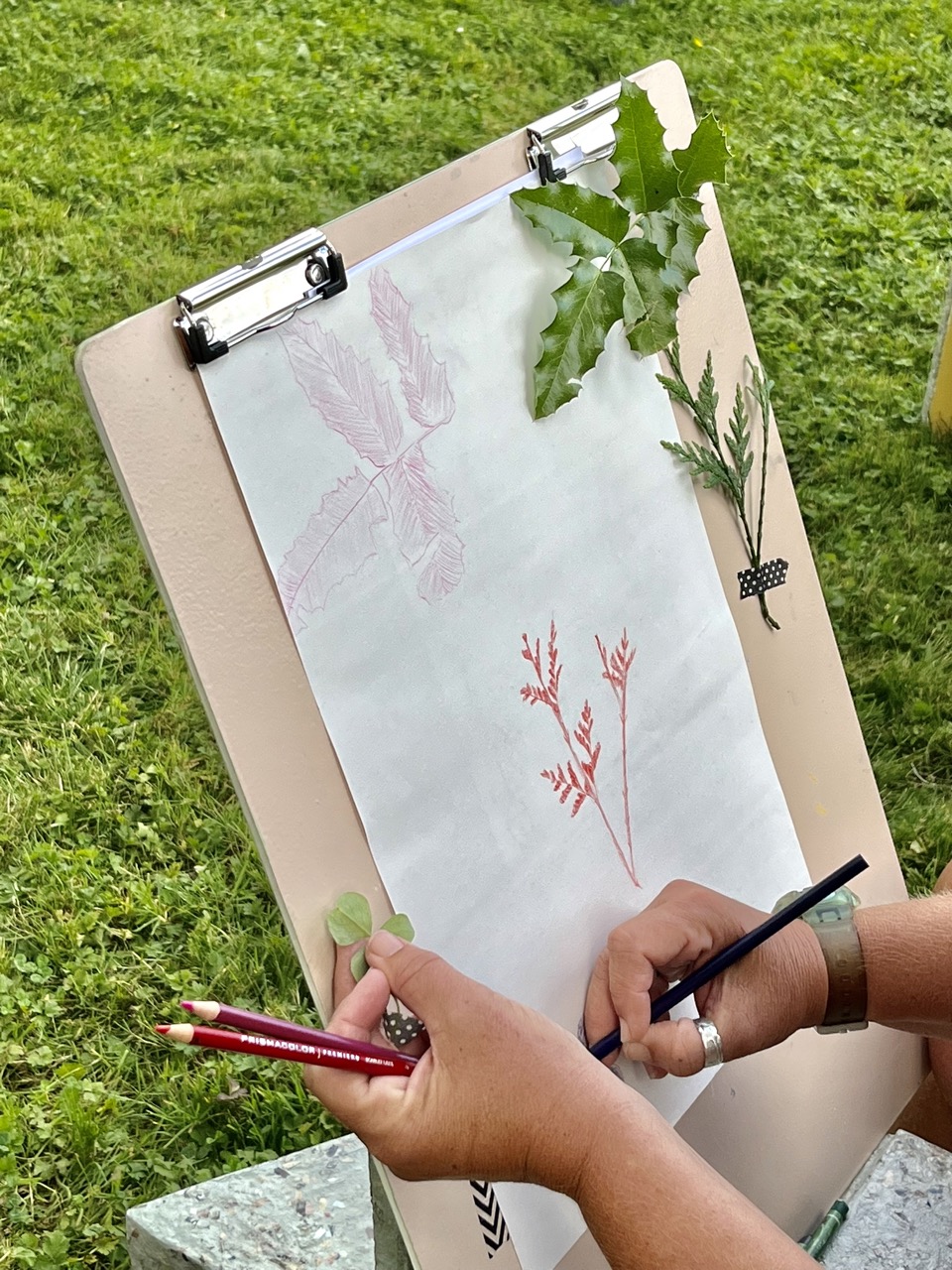

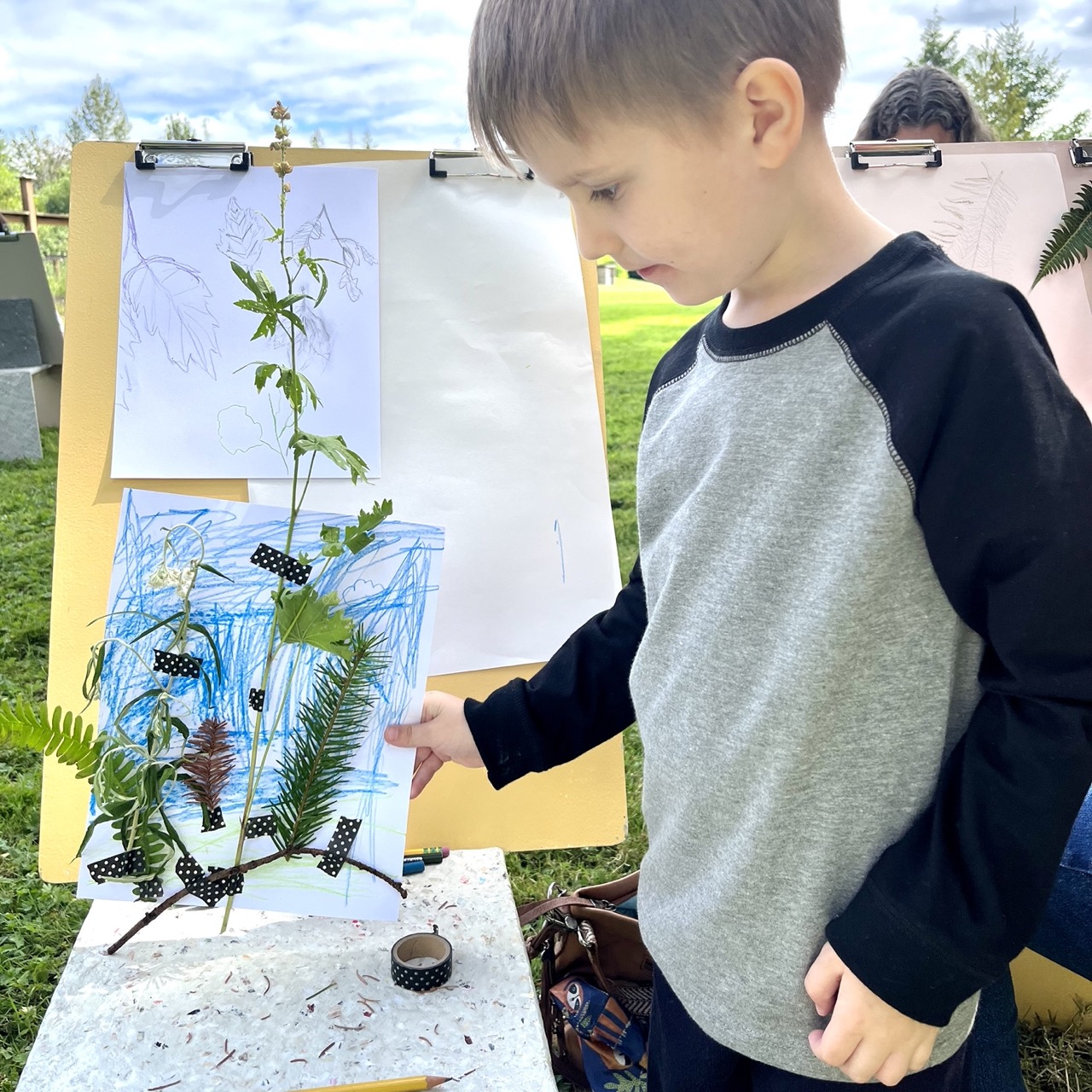
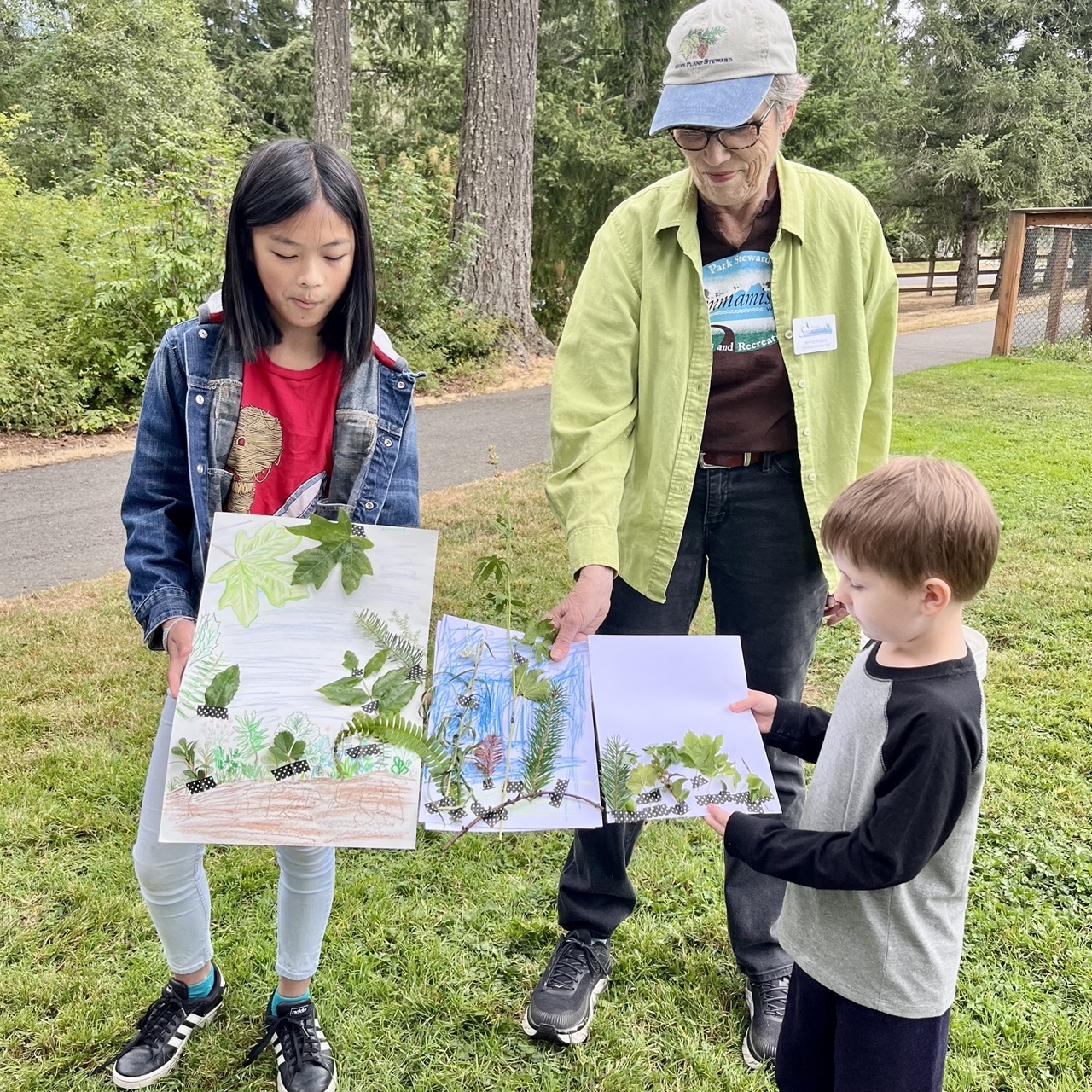
En Plein Air: Clouds and Climate Change
@ Redmond City Hallwith scientist, Adam Sokol
In this workshop we learned about the dynamic, chaotic world of clouds, the important role they play in our climate, and their history as a symbol in art and popular culture. We discussed the edges of clouds and how looking at the edges can give us clues as to what they are made of. To improve our cloud drawings, we focused on shape and value through a series of quick drawing exercises.
Download a PDF lesson guide to do this workshop on your own!
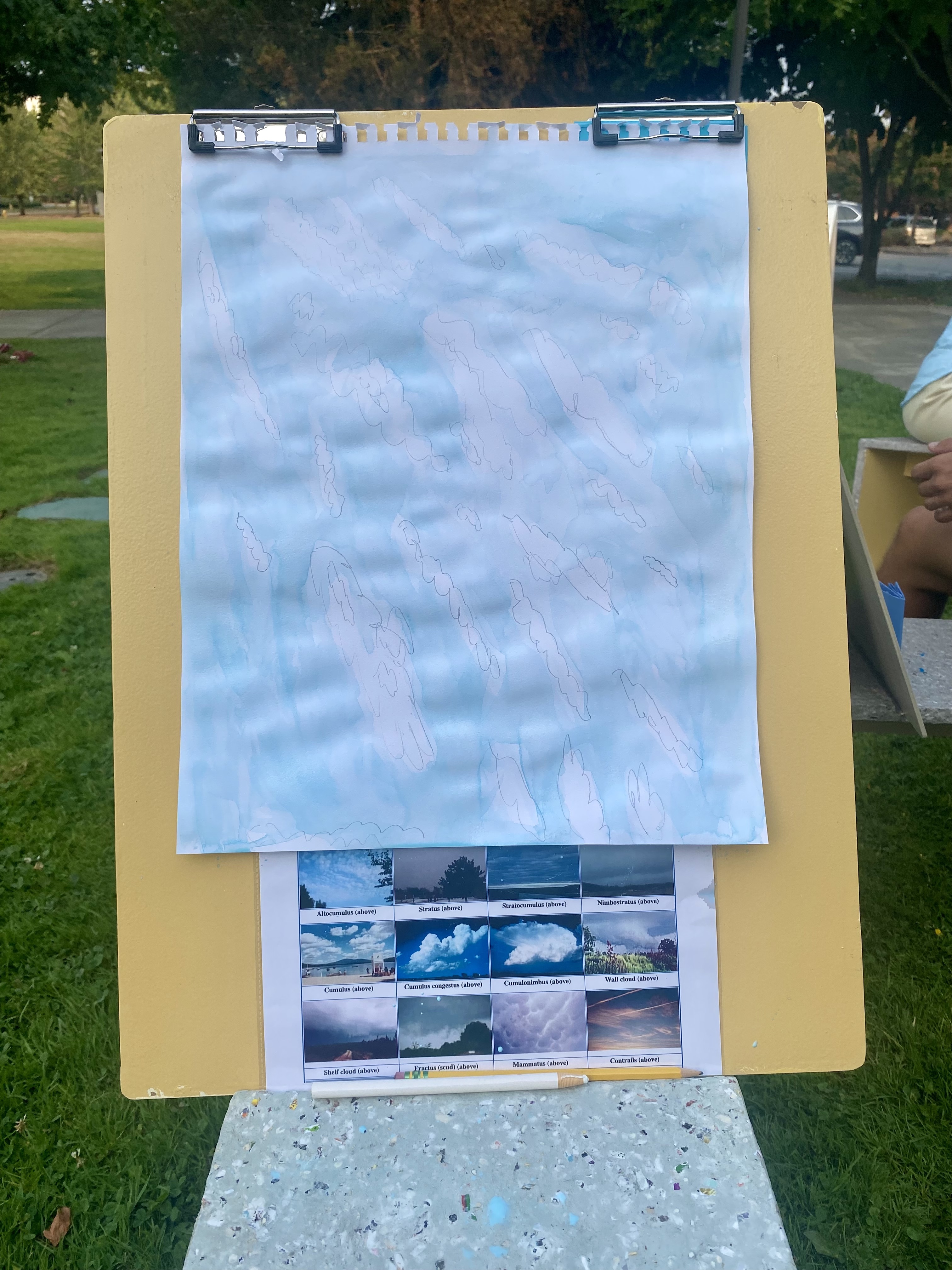
Choreography of Gardens
@ Anderson Park, Redmond WAwith choreographer/dancer, Hannah Simmons
This workshop explored stage design, dance, and choreographic notation. Using the Drawing Herd benches like a lego set, we created various compositions to explore with our bodies and document with drawings and collages. We ventured into movement intuitively by walking the space that would soon become our stage. Challenged to keep another person in view at all times, without letting them know, our group diverged and coincided with building chaos and logic. Choreography is an everyday activity we all have knowledge of and the power to experiment with.
For inspiration we looked at The Choreographer’s Scores, 2020

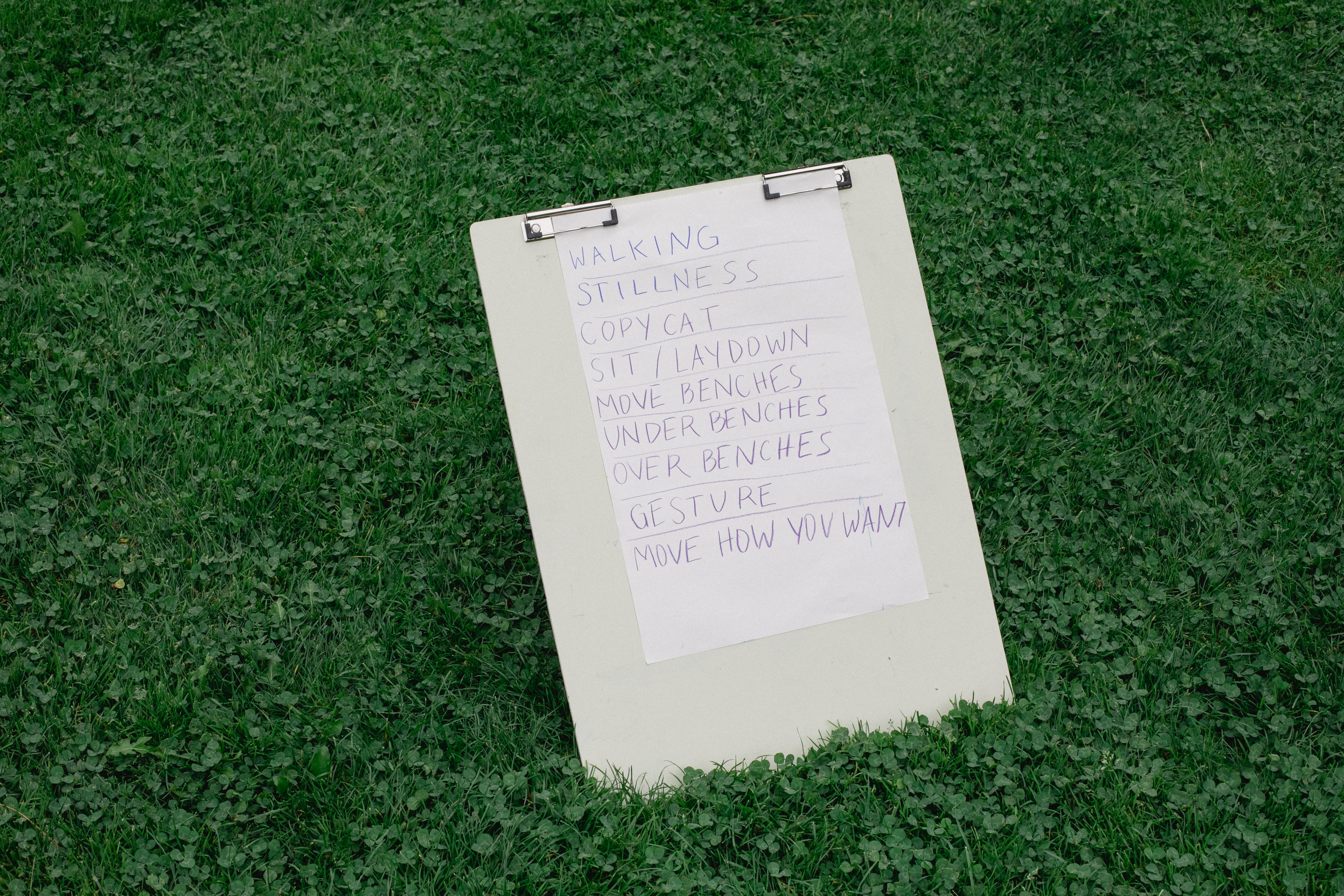
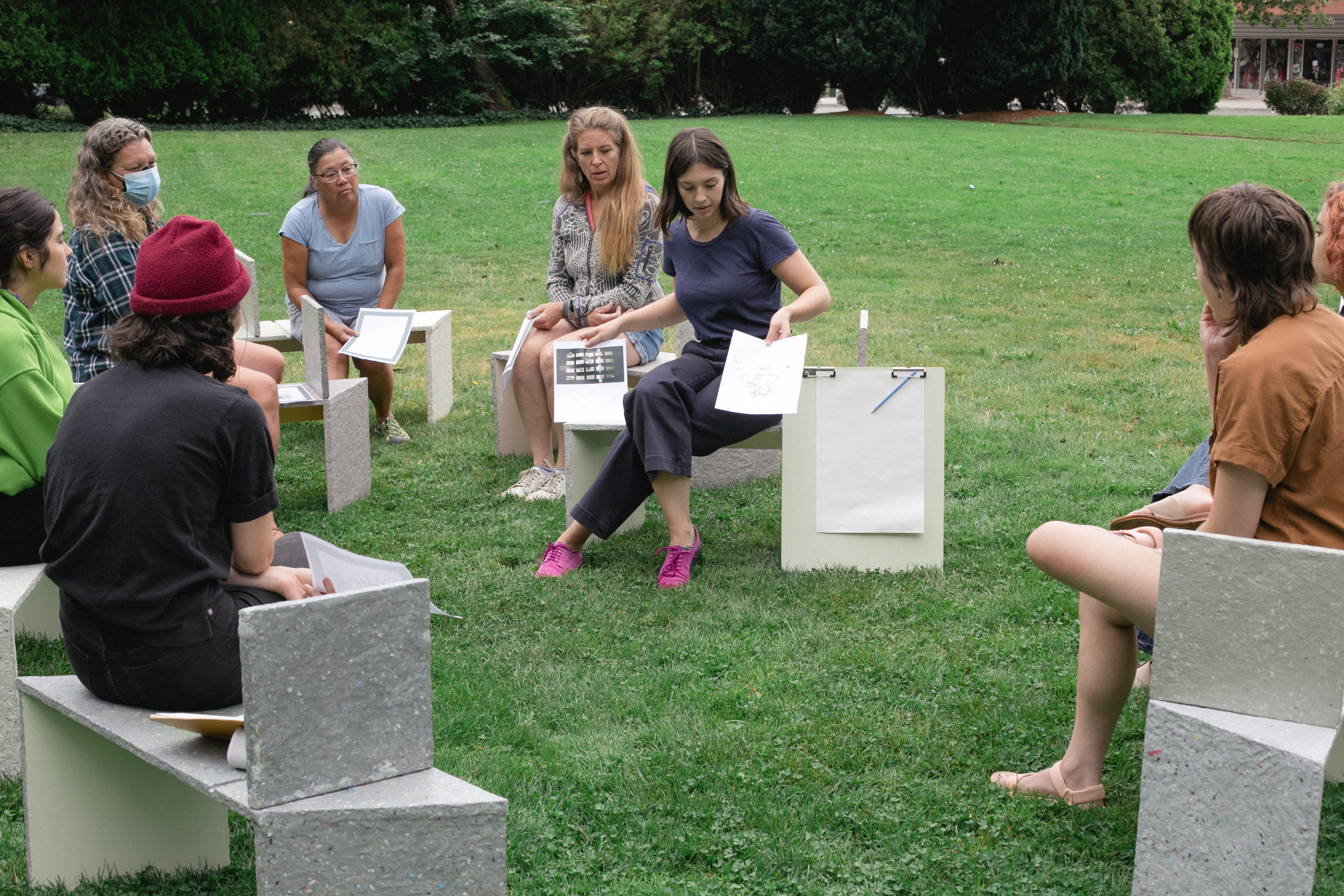

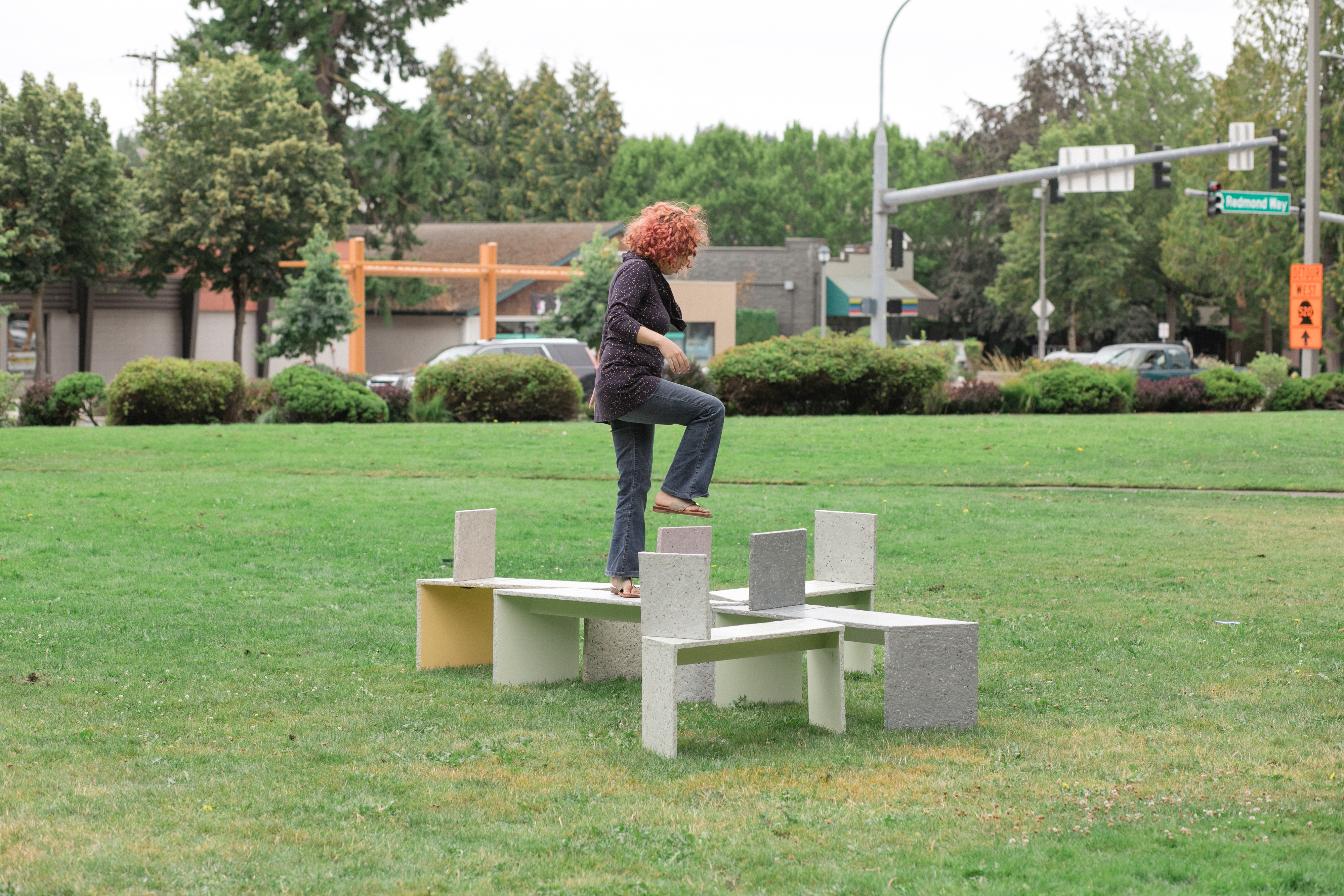
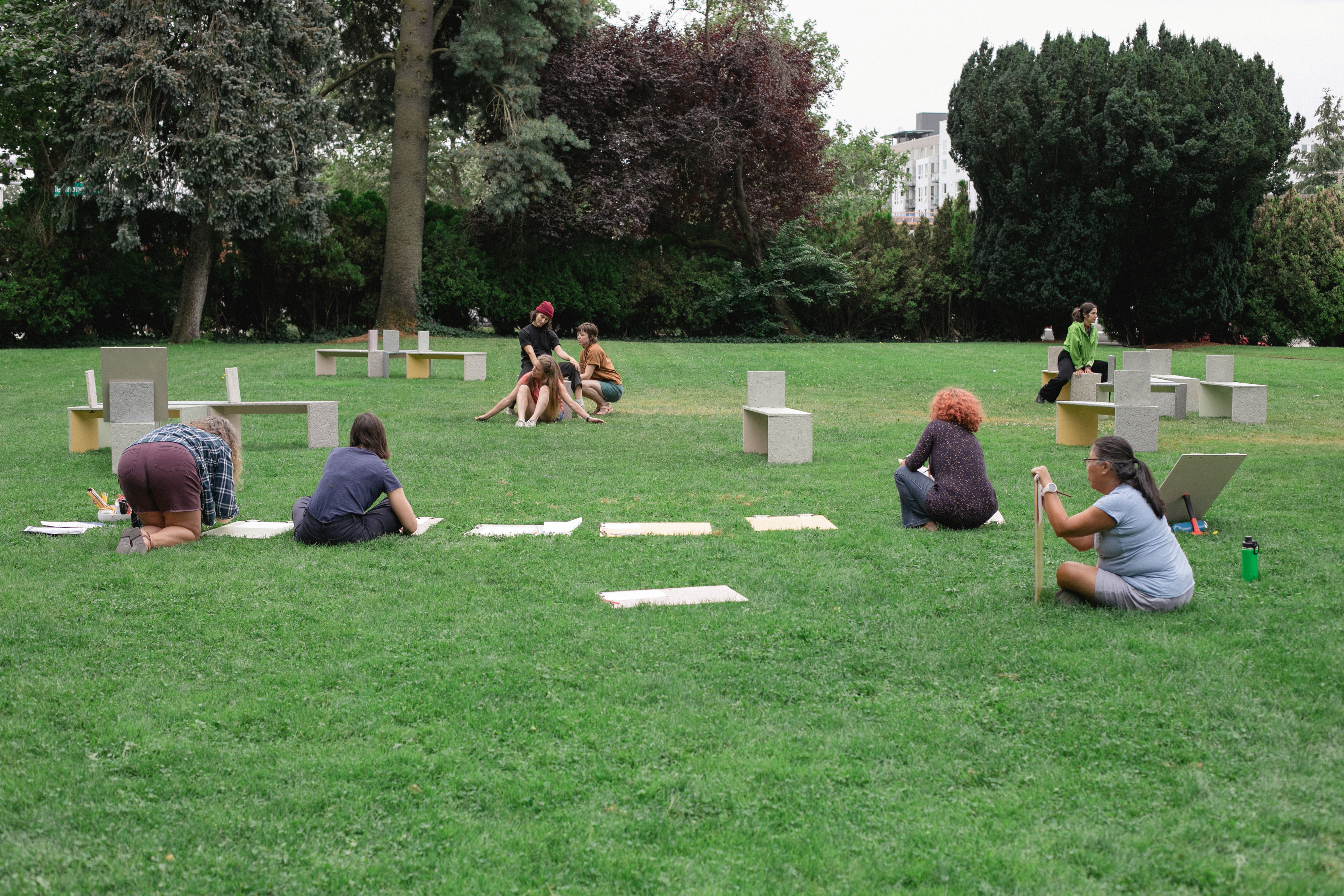

Concrete Canyons: Climbing & Collaging
@ Freeway Park, Seattle with Executive Director of Parkour Visions and coach, Cordelia StormIn this workshop, we reclaimed playful movement as a way to explore place and ground ourselves in our bodies. Beginning with body scans, stretching, and learning how to fall safely, Cordelia lead us through parkour sequencing through the fountain at Freeway Park. We combined the tactile nature of our exploration into collages that used rubbings and collaging techniques aimed at picking up the texture and rhythm of a site. Participants from 5 to 65 bear climbed, jumped, and pasted paper with graphite covered finger tips.

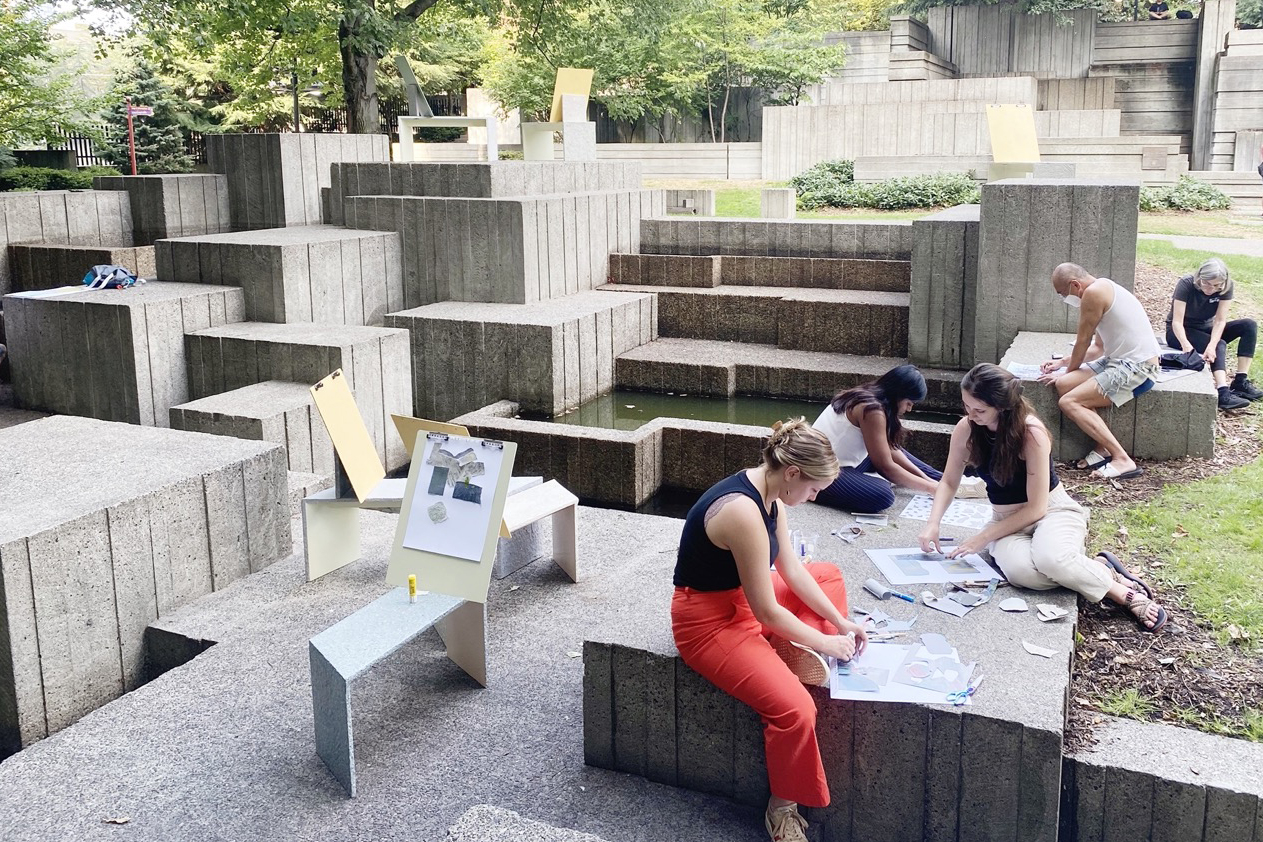
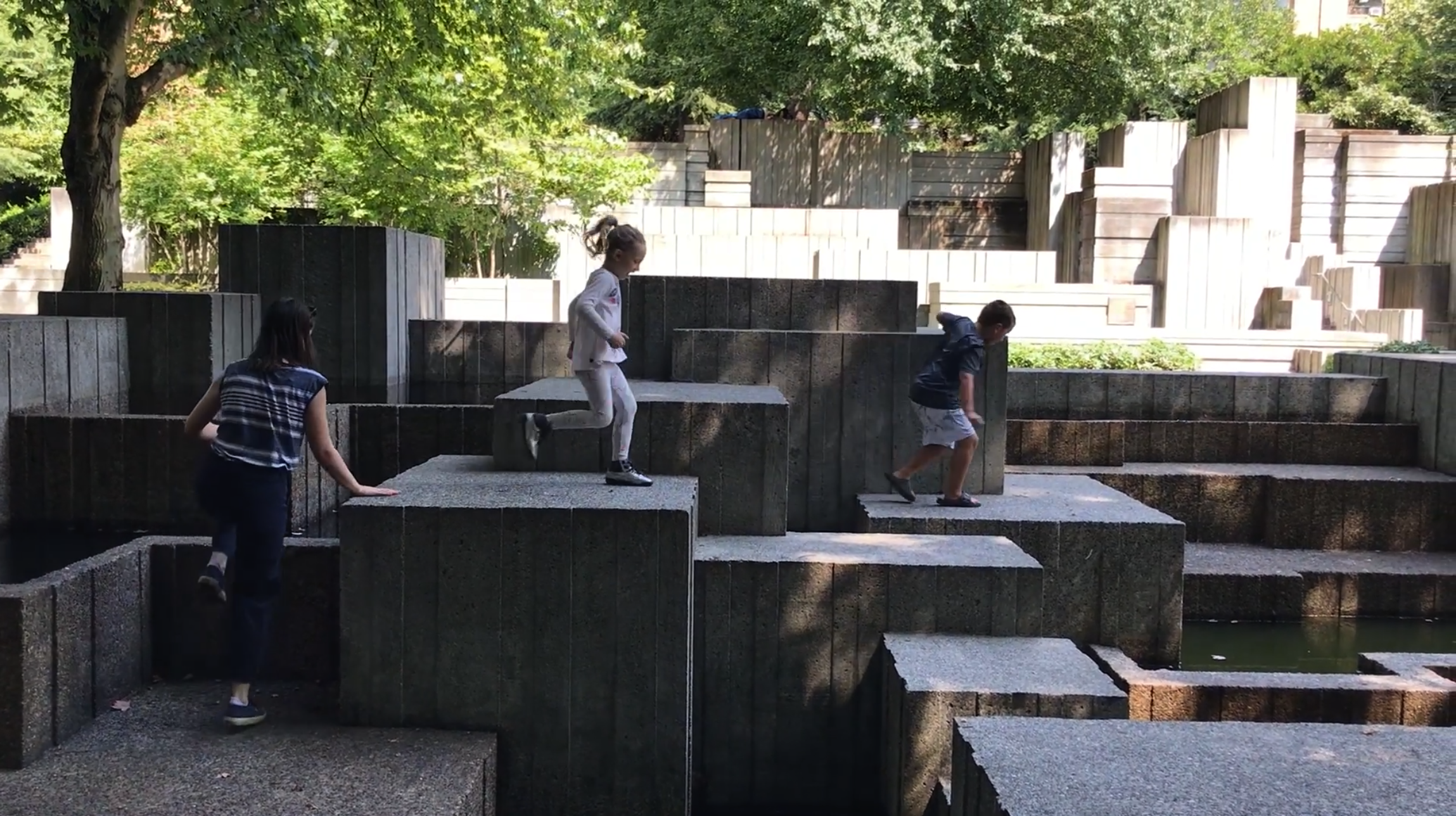
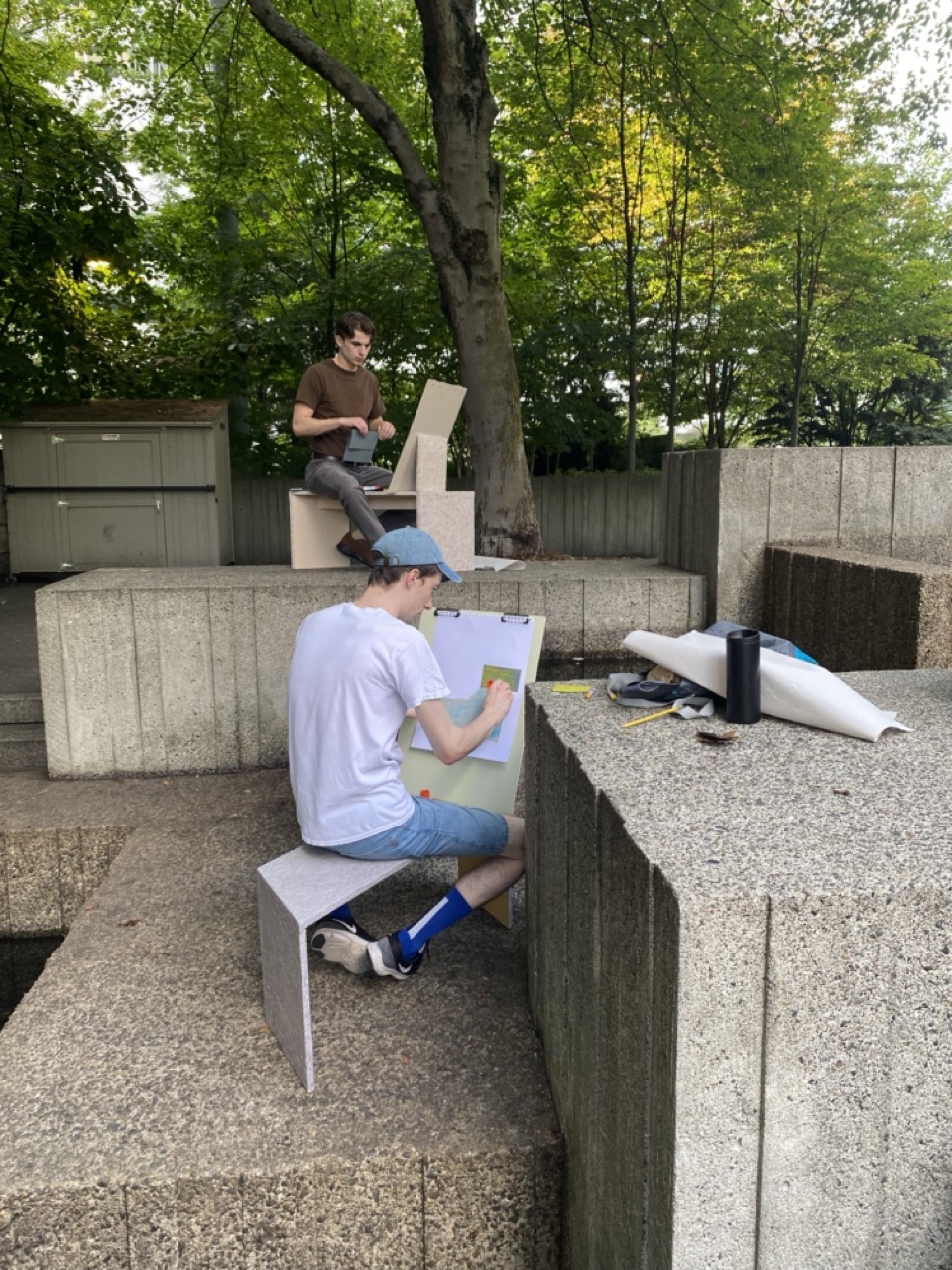





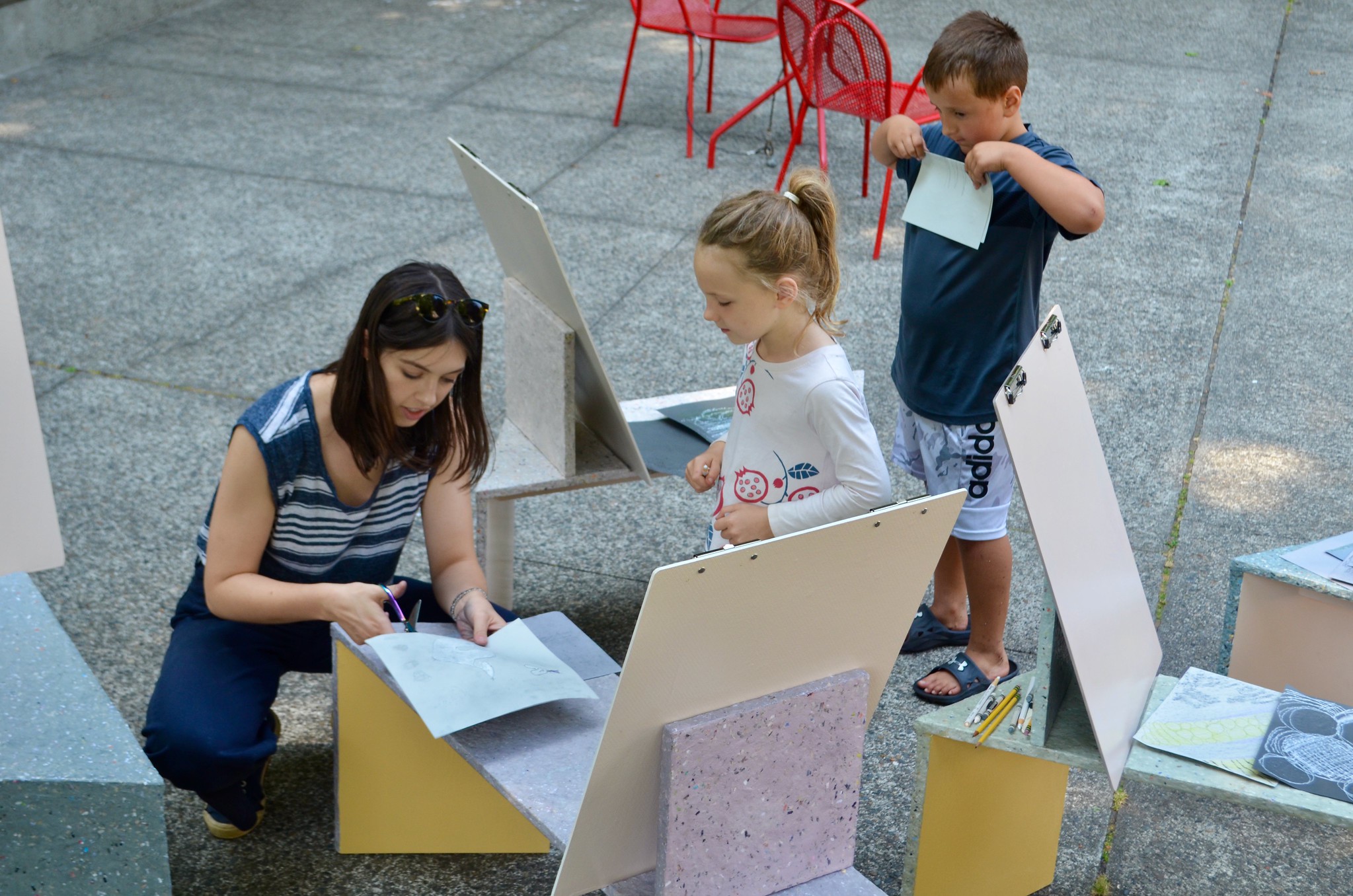

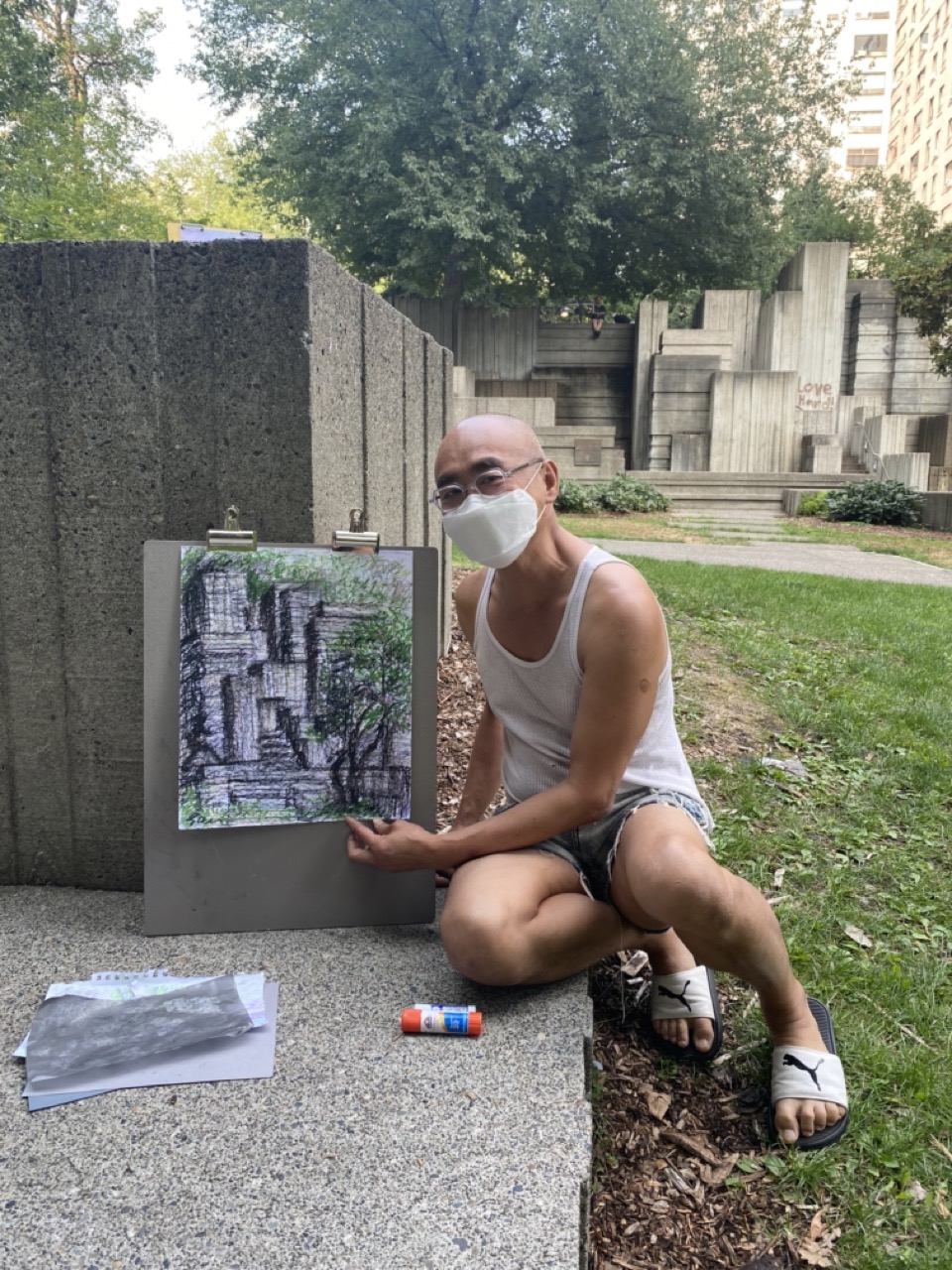
Data
In 2022, 42 Drawing Herd participants at 7 different workshops in Sammamish, Bellevue, and Redmond were surveyed to understand the impact programming had on their relationship to the site, engagement with other participants, motivation for coming, and emotions.
Primary Motivation for Attending Workshop
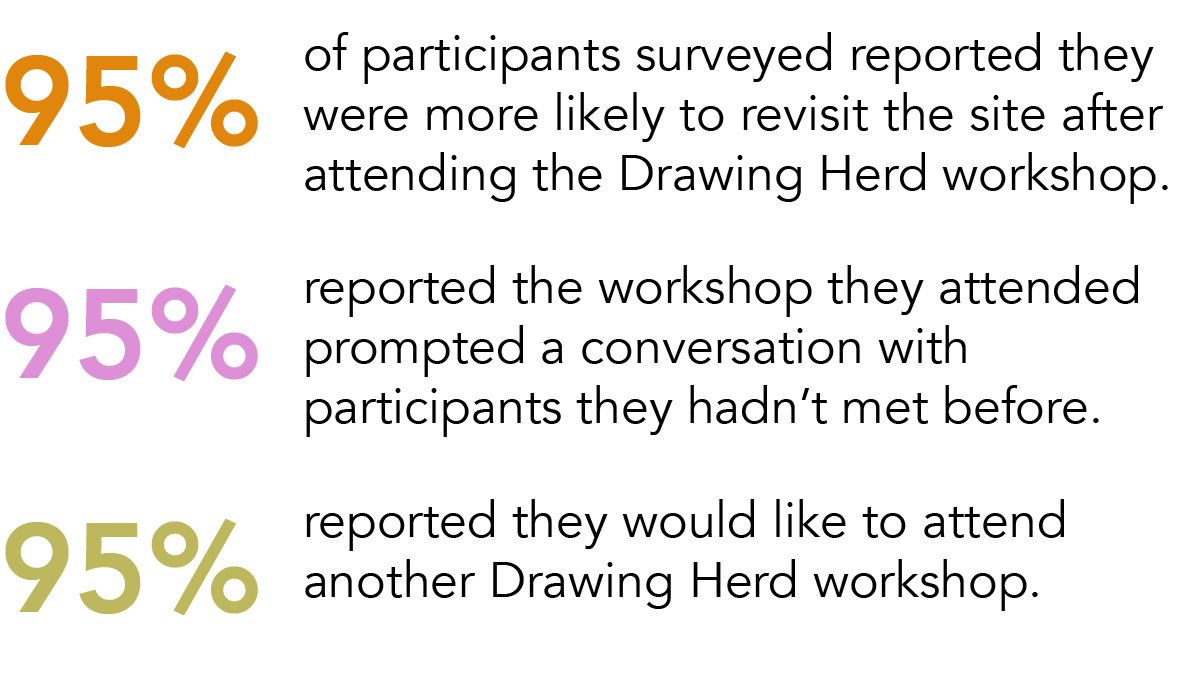
Mapping Shifting Emotions
Participants were given a copy of Marc Brackett’s Mood Meter, a tool designed to build greater emotional awareness that presents 100 emotions in a graph showing energy and pleasantness.
They were then asked to select an emotion that represented how they felt at three stages: before the workshop, in the middle of the workshop, and at the closing.
Mood Meter Phases from Drawing Herd Participants
Above are some of the survey responses from participants. For many participants, drawing was something that they did infrequently and not in public. They were challenged with fast-paced warm-up drawings, explored the park through slow, sensory-rooted activities, and were asked to discuss their creative process and observations with people they had just met. Their emotion shifts communicate the drain that comes after a long work day, unease before trying something new, the satisfaction and surge in curiosity that comes from creating, and the serenity of spending an evening in the park.

Thank you to the following folks for your contributions! Lorna Velasco, Nicole McDonald, Chris Weber, Chris Jordan, Riisa Conklin, Jessie Perez, Shane Crawford, Manette Stamm, Hannah Simmons, Cordelia Storm, Adam Sokol, Anna Yorba, Jan Bird, Mikela Swanson, Rosario Oddo, Celeste Cooning, Isobel Stephen, Liv Jensen, Eric Fries, Amy Reid, Kalem Howell, Nancy Kartes, Shewa Abebe, and Colin Wick.
Thank you to my family for their ongoing support; from letting me turn the garage to a woodshop, paper pulping and sanding, loading and unloading so so many benches, and for drawing with me.
Thank you to my family for their ongoing support; from letting me turn the garage to a woodshop, paper pulping and sanding, loading and unloading so so many benches, and for drawing with me.






